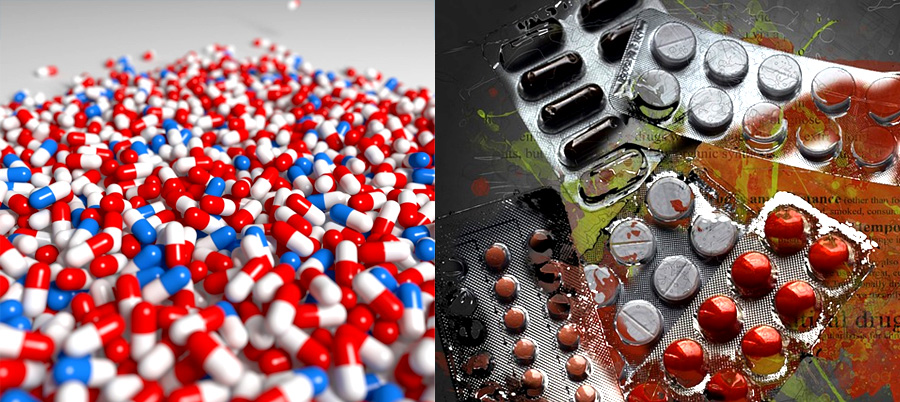
The Indian pharmaceutical industry is among the largest producers and exporters of generic drugs in the world, supplying over 20% of the global demand and 50% for various vaccines. The Indian pharmaceutical industry is poised for growth. Even at current rates of seven to eight percent CAGR, the industry’s annual revenues can grow to about USD 80 to 90 billion by 2030.However, the Industry currently faces a number of challenges which they need to overcome to achieve the growth they aspire for.
The Challenges currently faced by Indian Pharma Industries-
USFDA Pressure & rising number f Inspections
As there is a large number of third party manufacturers for pharma in India and lack of quality control to ensure quality drugs. The USFDA insists on rising number of inspections to ensure that quality drugs are manufactured as per FDA norms
Govt control on Drug Pricing
To ensure that essential drugs are available to the poor patients at reasonable prices the Govt has to step in to control the high cost of drugs, which are priced at US/European standards. The MRP based GST levy on Drugs also leads to high prices.
Fake products and Spurious Drugs
According to a FDA report 30% of drugs manufactured in India are fake and spurious Due to low data on collection of drugs and insufficient training to Drug Inspectors has given rise to malpractices and spurious drugs
Lack of skilled workforce and Research & Development
The pharmaceutical industry requires a workforce that has significant knowledge, experience, and skills which is lacking in India. Training the workforce helps to acquire the necessary skills to ensure, enhance and improve their participation in their daily tasks. Indian Pharma Companies are also unable to spend more on Research & Development and training of its workforce to adapt itself to fast changing technologies and compete with the World.
India’s significant dependence on imports for Active Pharma Ingredients (API)
India’s pharma Industry largely depends on imports from China and other Asian countries for API {active pharma ingredients) in manufacture of the drugs .which led to a crisis after the covid pandemic. However after major Government initiatives the API are being grown in India but it is not enough to meet the demand fully.
Government Control on Drug Pricing
With lack of a stable policy environment and a defined pricing regime for pharmaceutical products, the market shows considerable fluctuations in the drug pricing which is something that discourages critical growth investment in third party drug manufacturing. The Government’s control on drug pricing to ensure that the common people can afford to buy high quality essential and lifesaving medicines discourages critical growth investment in third party drug manufacturing.
In conclusion, the Pharma Industry can attain the projected growth once the above challenges are overcome with the active participation of both the Industry players and the favourable regulatory policies of the Government.
LSW lifescienceworld
www.lswlifescienceworld.com